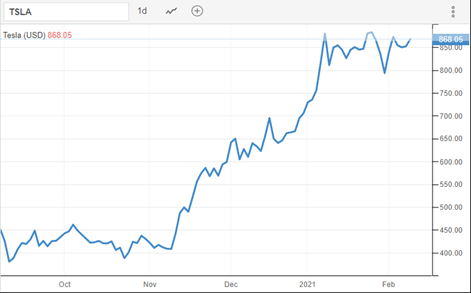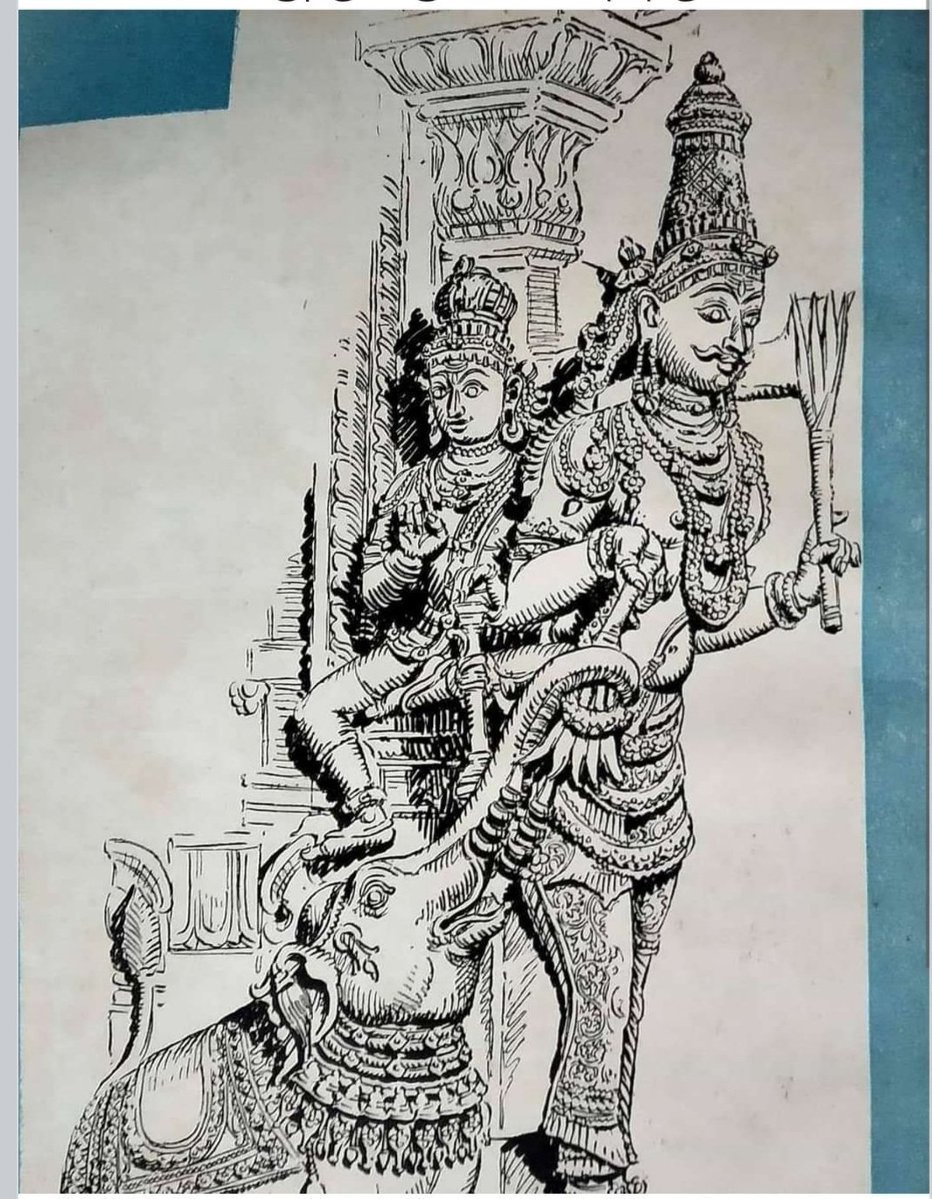1) #Bitcoin $ETH #Defi THE ART OF Contrary Thinking by
HUMPHREY B. NEILL
It Pays To Be Contrary
"What is the Theory of Contrary opinion?"
Primarily, it is a method of ruminating over a broad range of public questions; political, economic, and social.
wrong When writers write alike, readers are prone to
think alike Too many predictions spoil the forecasts;
or, to put it another way, the weight of predictions causes
their own downfall.
let's not overweigh it. It is more of an antidote to general
forecasting than a system or forecasting.
workable, include:
Habit
Emotion
Irritability
Custom
Greed
Pride-of-Opinion
Imitation
Hope
Wishful Thinking
Contagion
Impulsiveness
Fear
a. A "crowd" yields to instincts which an individual acting alone represses.
b. People are gregarious; instinctively they follow the im-
pulses of the "herd."
leader) make people susceptible to suggestion, to commands, to customs, to emotional motivation.
d. A crowd never reasons, but follows its emotions; it accepts without proof what is "suggested" or "asserted."
this propaganda analysis, but so long as "opinion-makers"
are out to sway and mold public opinion the only defense is
"to doubt all before you believe anything"-and to look
behind the words for meanings.
by The Market Cynic
1. Put your trust in board-room gossip.
2. Believe everything you hear, especially tips.
3. If you don't know, guess.
4. Follow the public.
5. Be impatient.
6. Greedily hang on for the top eighth.
7. Trade on thin margins.
8. Hold to your opinion, right or wrong.
9. Never stay out of the market.
10. Accept small profits and large losses.
greed, pride-of-opinion, wishful thinking)
are so strong in the human that they
prevent one from being objective. Objective analysis of economic trends is imperative, I believe, as subjective reasoning leads to opinionated conclusions.
his own opinion he is likely to "stand on
his opinion," right or wrong. No trait is
stronger, perhaps, than that of defending
one's opinion and of being unwilling to
admit error in judgment.
the next problem was to find a solution.
If individual opinions are unreliable, why
not go opposite to crowd opinion-that is,
contrary to general opinions which are so
often wrong?
of great value in analyzing economic and political
trends, not merely to catch an occasional swing in
the stock market.
of fundamental shifts in our economy and in the
world economy. In this regard they are significant,
of course, but the lesser ups and downs in stock prices
are of negative value and are generally unpredictable.
with sufficient accuracy to feel reasonably confident
of the contrary conclusion. It takes time to form the
habit of thinking contrarily.
economic situation it is difficult oftentimes to sub-
merge your feelings and coldly gauge public opinion.
So, occasionally you will misjudge public opinion
because of your preconceived opinions.
become a member of the "public" and in reality
think as the public does.
opposite" you will less frequently be subject to the
old traits. Finally, you may become completely objective and become the boss over those natural human
failings.
More from Crypto
1/ Welcome to #DeFi Wednesday.
Let's talk about how interest-bearing cash on a blockchain is going to revolutionise boring corporate treasury management that concerns every company is is a larger business than all crypto trading in the world.
Enter the thread
👇👇👇

2/ Blockchain community is often seen as toxic maxis and redditors who shill other their weekly favourite shitcoin in the hope of getting Lambo.
Sometimes we also do things that progress humanity towards the better future and interest-bearing cash is one of those things.
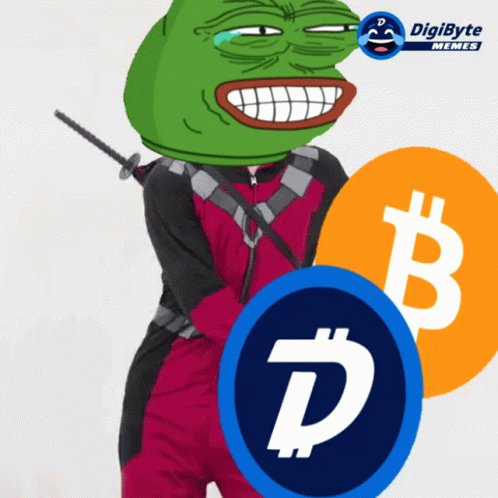
3/ Less chad and more things that actually matter:
My incomplete theory of interest-bearing cash is also available also as a blog post:
https://t.co/uiG0fZiVyu
It is 15 pages. Pick your slow poison or die fast by continue reading here.
4/ First time in the history we have an ability to create interest-bearing cash-like instruments.
Interest-bearing cash ticks up dollar (euro) balance real-time in your wallet.
Here is a demonstration using @aaveaave aDAI, based on @makerdao DAI, and @TrustWalletApp
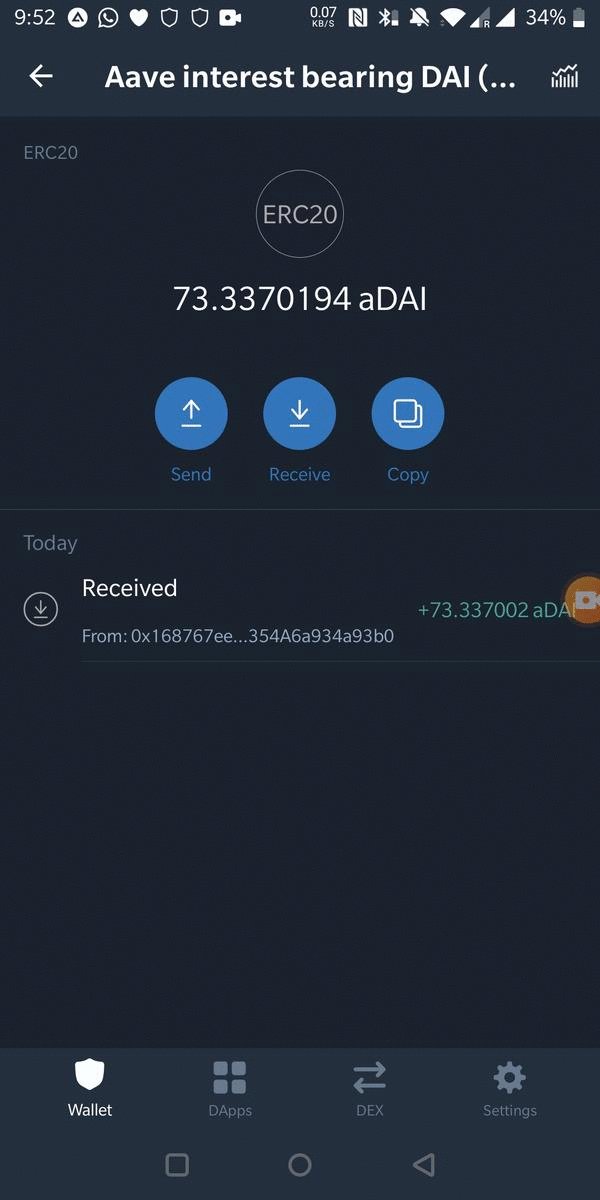
5/ Interest-bearing cash is not like your bank's saving account. Your money in a bank is not yours, but bank's. There are some flaws in the current banking system causing a headache for Chief Financial Officers (CFOs)
Let's talk about how interest-bearing cash on a blockchain is going to revolutionise boring corporate treasury management that concerns every company is is a larger business than all crypto trading in the world.
Enter the thread
👇👇👇

2/ Blockchain community is often seen as toxic maxis and redditors who shill other their weekly favourite shitcoin in the hope of getting Lambo.
Sometimes we also do things that progress humanity towards the better future and interest-bearing cash is one of those things.

3/ Less chad and more things that actually matter:
My incomplete theory of interest-bearing cash is also available also as a blog post:
https://t.co/uiG0fZiVyu
It is 15 pages. Pick your slow poison or die fast by continue reading here.
4/ First time in the history we have an ability to create interest-bearing cash-like instruments.
Interest-bearing cash ticks up dollar (euro) balance real-time in your wallet.
Here is a demonstration using @aaveaave aDAI, based on @makerdao DAI, and @TrustWalletApp

5/ Interest-bearing cash is not like your bank's saving account. Your money in a bank is not yours, but bank's. There are some flaws in the current banking system causing a headache for Chief Financial Officers (CFOs)
You May Also Like
THREAD PART 1.
On Sunday 21st June, 14 year old Noah Donohoe left his home to meet his friends at Cave Hill Belfast to study for school. #RememberMyNoah💙

He was on his black Apollo mountain bike, fully dressed, wearing a helmet and carrying a backpack containing his laptop and 2 books with his name on them. He also had his mobile phone with him.
On the 27th of June. Noah's naked body was sadly discovered 950m inside a storm drain, between access points. This storm drain was accessible through an area completely unfamiliar to him, behind houses at Northwood Road. https://t.co/bpz3Rmc0wq
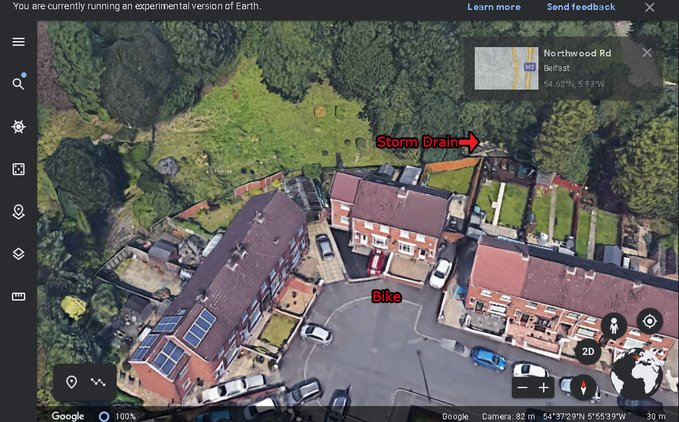
"Noah's body was found by specially trained police officers between two drain access points within a section of the tunnel running under the Translink access road," said Mr McCrisken."
Noah's bike was also found near a house, behind a car, in the same area. It had been there for more than 24 hours before a member of public who lived in the street said she read reports of a missing child and checked the bike and phoned the police.
On Sunday 21st June, 14 year old Noah Donohoe left his home to meet his friends at Cave Hill Belfast to study for school. #RememberMyNoah💙

He was on his black Apollo mountain bike, fully dressed, wearing a helmet and carrying a backpack containing his laptop and 2 books with his name on them. He also had his mobile phone with him.
On the 27th of June. Noah's naked body was sadly discovered 950m inside a storm drain, between access points. This storm drain was accessible through an area completely unfamiliar to him, behind houses at Northwood Road. https://t.co/bpz3Rmc0wq

"Noah's body was found by specially trained police officers between two drain access points within a section of the tunnel running under the Translink access road," said Mr McCrisken."
Noah's bike was also found near a house, behind a car, in the same area. It had been there for more than 24 hours before a member of public who lived in the street said she read reports of a missing child and checked the bike and phoned the police.
Following @BAUDEGS I have experienced hateful and propagandist tweets time after time. I have been shocked that an academic community would be so reckless with their publications. So I did some research.
The question is:
Is this an official account for Bahcesehir Uni (Bau)?

Bahcesehir Uni, BAU has an official website https://t.co/ztzX6uj34V which links to their social media, leading to their Twitter account @Bahcesehir
BAU’s official Twitter account

BAU has many departments, which all have separate accounts. Nowhere among them did I find @BAUDEGS
@BAUOrganization @ApplyBAU @adayBAU @BAUAlumniCenter @bahcesehirfbe @baufens @CyprusBau @bauiisbf @bauglobal @bahcesehirebe @BAUintBatumi @BAUiletisim @BAUSaglik @bauebf @TIPBAU
Nowhere among them was @BAUDEGS to find

The question is:
Is this an official account for Bahcesehir Uni (Bau)?

Bahcesehir Uni, BAU has an official website https://t.co/ztzX6uj34V which links to their social media, leading to their Twitter account @Bahcesehir
BAU’s official Twitter account

BAU has many departments, which all have separate accounts. Nowhere among them did I find @BAUDEGS
@BAUOrganization @ApplyBAU @adayBAU @BAUAlumniCenter @bahcesehirfbe @baufens @CyprusBau @bauiisbf @bauglobal @bahcesehirebe @BAUintBatumi @BAUiletisim @BAUSaglik @bauebf @TIPBAU
Nowhere among them was @BAUDEGS to find





